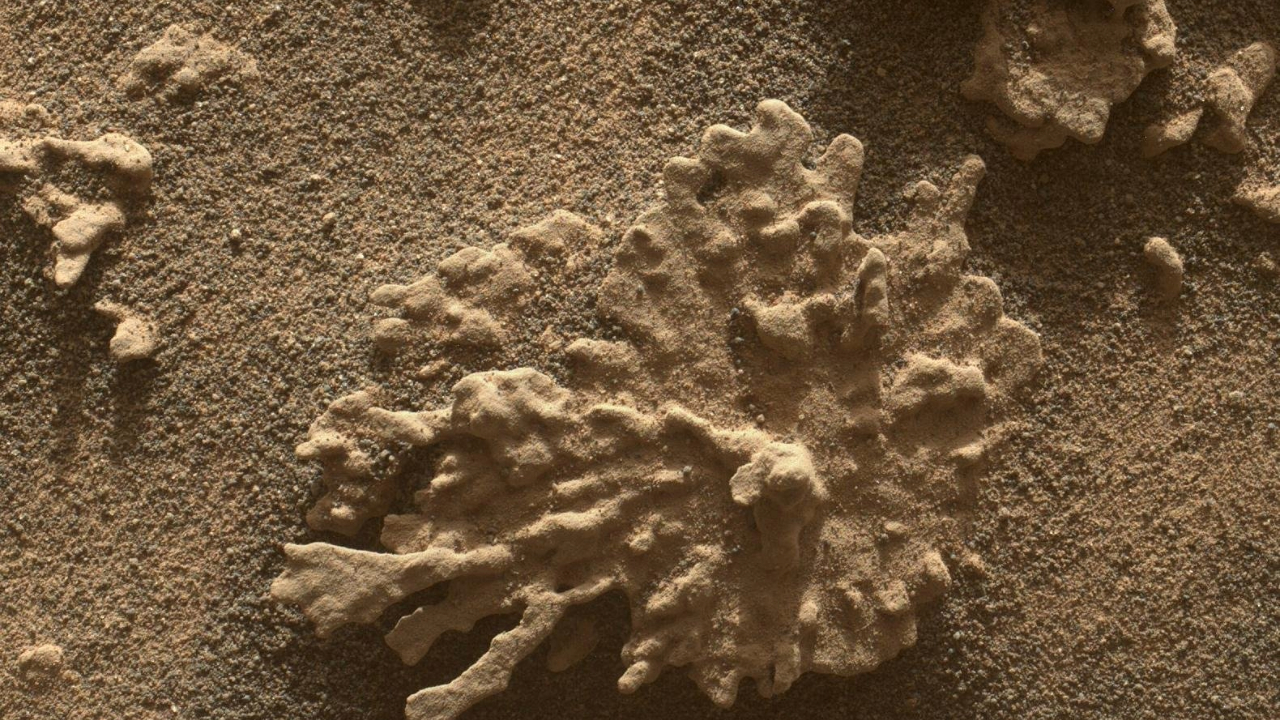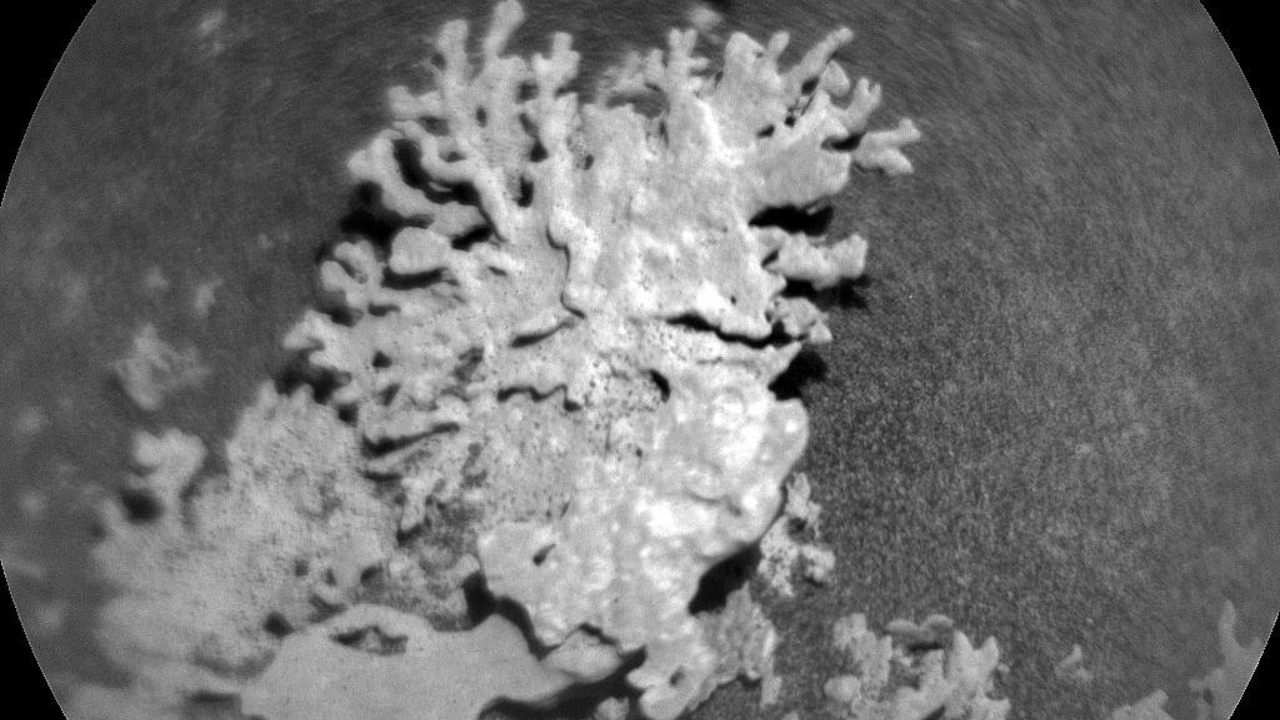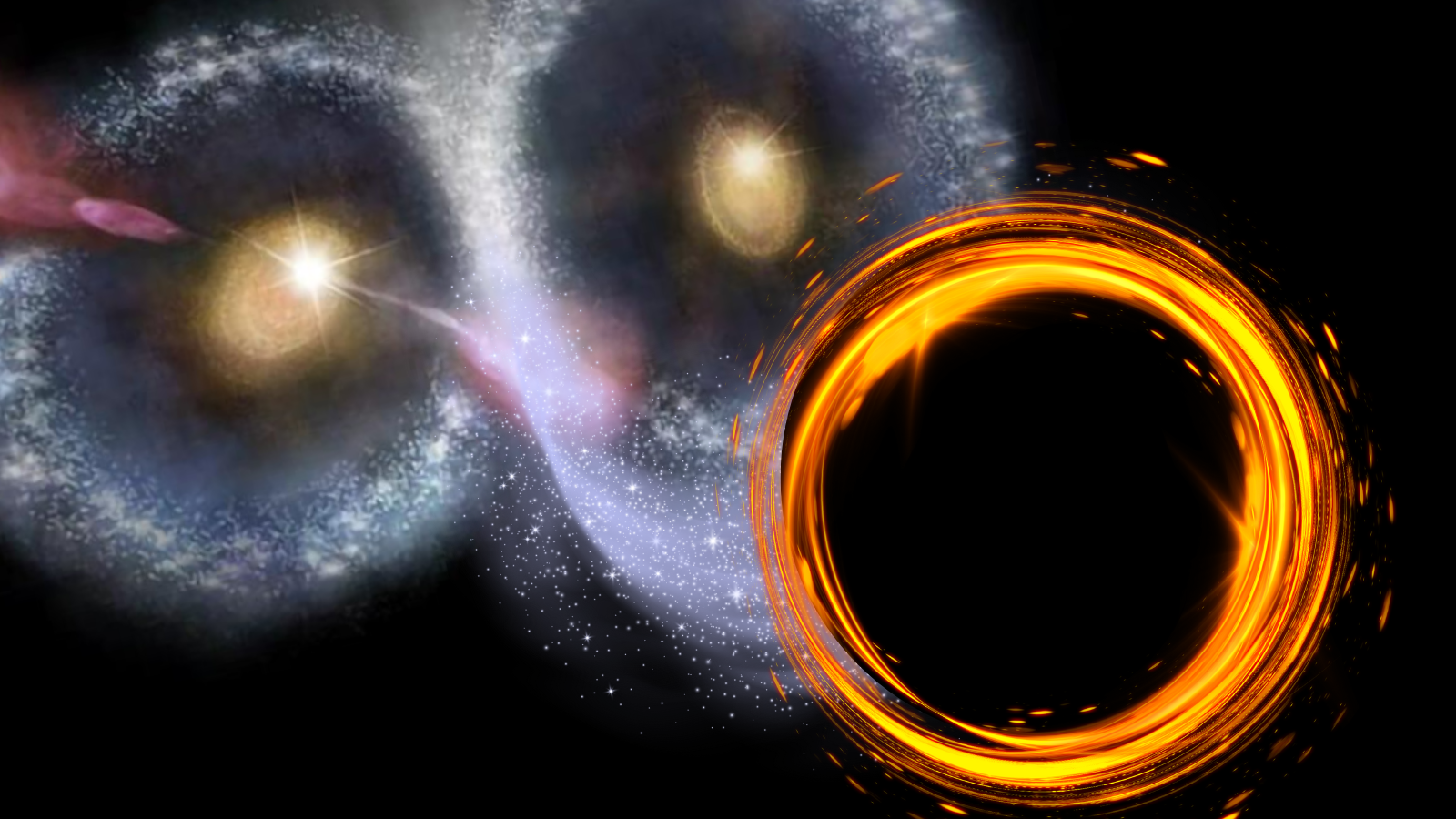Curiosity rover celebrates 13 years on Mars with well-deserved naps and Red Planet 'coral'
"It's as if our teenage rover is maturing, and we're trusting it to take on more responsibility."

Thirteen years into its mission, NASA's Curiosity rover is still uncovering Martian mysteries — and learning to do more with less.
Since landing in Gale Crater in 2012, Curiosity has traveled more than 22 miles (35 kilometers), studying rock layers, analyzing soil and revealing Mars' ancient past, including signs that the planet once harbored liquid water, a thicker atmosphere and conditions that might have supported microbial life. And despite the toll of time, including worn wheels and mechanical glitches, engineers have kept the rover rolling with creative workarounds, remote fixes and adaptive driving strategies.
Now, thanks to recent software upgrades, the rover has gained new autonomy that allows it to multitask and put itself to sleep early when it finishes its daily tasks, NASA said in a statement. This new ability helps conserve energy from its aging nuclear power source and extend its scientific lifespan, the statement read.
"We were more like cautious parents earlier in the mission," said Reidar Larsen, a flight systems engineer at NASA's Jet Propulsion Laboratory in California, who led the team behind the new capabilities. "It's as if our teenage rover is maturing, and we're trusting it to take on more responsibility."
Curiosity, which is the size of a small SUV, is powered by a multi-mission radioisotope thermoelectric generator (MMRTG), which converts heat from the natural decay of plutonium into electricity to recharge the rover's batteries. But as the plutonium decays, the system gradually produces less energy, meaning it takes longer to recharge the batteries and leaves less power for science each day.
To make the most of the diminishing energy supply, engineers have been working to boost the rover's efficiency by combining previously standalone tasks like driving, taking photos and transmitting data, according to the NASA statement.
By consolidating these activities, engineers have been able to shorten each day's operational plan, reducing the amount of time heaters and instruments need to stay powered on, saving valuable energy in the process, the statement read.
Breaking space news, the latest updates on rocket launches, skywatching events and more!
And instead of idling while waiting for new commands, Curiosity can now put itself to sleep as soon as it finishes the day's work. These small adjustments — even trimming just 10 or 20 minutes per day — can add up over time and help preserve power and extend the rover's mission, the agency wrote in the statement.
These new energy-saving habits come as the rover has spotted an eye-catching rock formation that resembles a piece of coral. Captured on July 24, 2025, the rock, nicknamed "Paposo," is about two inches (five centimeters) wide and was photographed using a camera perched at the end of the rover's robotic arm, according to the statement.
Paposo likely formed billions of years ago during a time when Mars was much wetter than it is today, the statement says. Mineral-rich water likely seeped into cracks in the rock, leaving behind hardened deposits. Over time, powerful winds would have sculpted the exposed material into the delicate, branching shape seen by the rover.
Curiosity is currently exploring a region rich in so-called "boxwork formations," a network of ridges that likely formed underground through ancient water activity. These features crisscross the lower slopes of Mount Sharp, the three-mile-high (five-kilometer-high) mountain above the floor of Gale Crater that the rover has been ascending for years.
All in all, Curiosity remains in good health, NASA says, bolstered by smart engineering, updated algorithms, and now, a little more rest.
"Together, these measures are doing their job to keep Curiosity as busy as ever," the agency's statement says

Sharmila Kuthunur is an independent space journalist based in Bengaluru, India. Her work has also appeared in Scientific American, Science, Astronomy and Live Science, among other publications. She holds a master's degree in journalism from Northeastern University in Boston.
You must confirm your public display name before commenting
Please logout and then login again, you will then be prompted to enter your display name.

